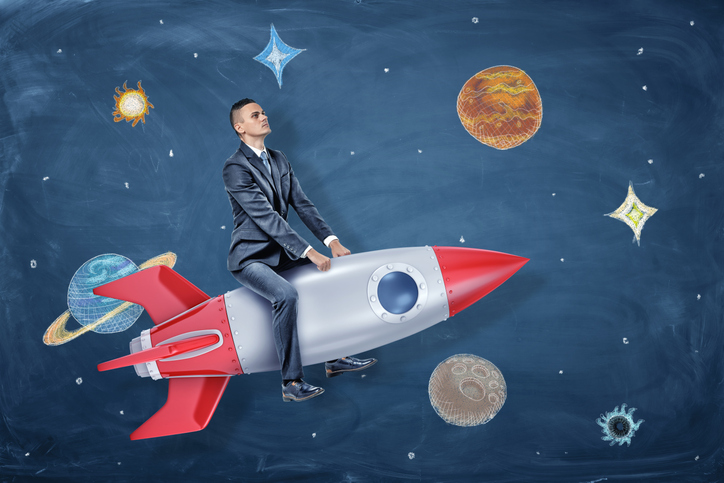As we celebrate the 50th anniversary of Apollo 11 astronauts Neil Armstrong and Buzz Aldrin becoming the first humans to walk on the moon in July 1969, here’s a look at a few individuals who came so close to getting to go into space…but then didn’t.

Lance Bass
Only a handful of civilians — meaning non-military, or non-space-program-affiliated individuals — have ever traveled into space. Nearly joining their ranks in 2002: Lance Bass, at the time a member of *NSYNC, the most popular boy band on Earth. So how did he go from MTV to NASA? Bass was a space enthusiast, and he teamed up with corporate sponsors and producers of a seven-part TV documentary, who lobbied the Russian Space Agency and NASA for a chance to travel to the International Space Station on an October 2002 launch. Even though he spent a week training at the Johnson Space Center in Houston, his team failed to come up with the full $20 million required fee. The Russian Space Agency scrapped Bass, who at age 23 would have been the youngest person ever in space, seven weeks before takeoff.
Caroll Spinney
Spinney is probably better known by the names of the characters he portrayed for nearly 50 years: Oscar the Grouch and Big Bird on Sesame Street. He’s met countless celebrities and heads of state and been all over the world in his Big Bird suit, and in the 1980s, Spinney nearly went to space. NASA sent the puppeteer a letter expressing interest in taking him into orbit on the Space Shuttle…while in full character and costume as Big Bird. (It was part of a public relations campaign to get kids excited about the space program.) The idea never came to pass, because room constraints in the shuttle didn’t allow for a man who, suited up, stood 8’2”.
Jerrie Cobb
A NASA contractor named Randy Lovelace tested and vetted the space agency’s first seven astronauts, Mercury program participants nicknamed the “Mercury 7. NASA then chose him to test a group of 13 women with extensive flight training and experience, with an eye toward selecting at least one of them for a space mission sometime in the 1960s. The first to complete Lovelace’s battery of tests: Geraldyn “Jerrie” Cobb. She would’ve been the first woman in space…had Russian cosmonaut Valentina Tereshkova not beaten her to the punch, spending three days in orbit in 1963. Cobb never got to go into space at all — NASA called off the “Mercury 13” program when Lovelace couldn’t get permission to continue his tests on Navy grounds.







